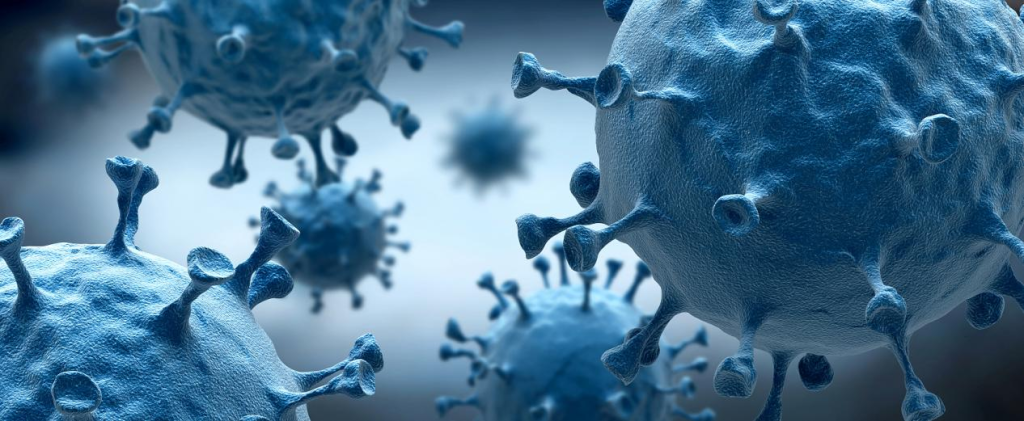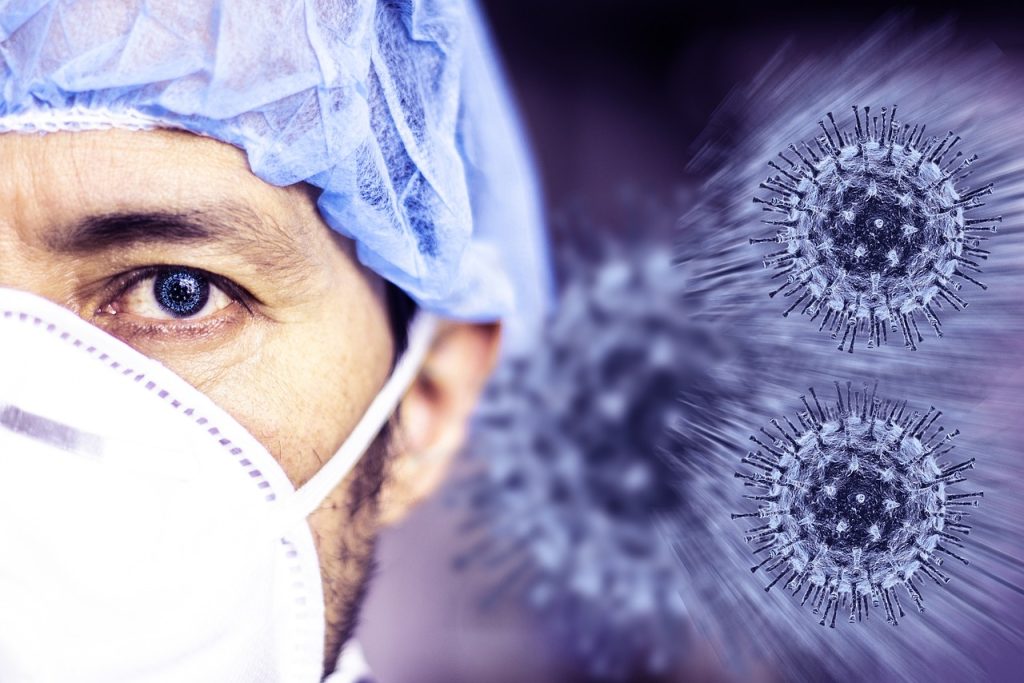- In-Stock Tumor Cell Lines
- Human Orbital Fibroblasts
- Human Microglia
- Human Pulmonary Alveolar Epithelial Cells
- Human Colonic Fibroblasts
- Human Type II Alveolar Epithelial Cells
- Human Valvular Interstitial Cells
- Human Thyroid Epithelial Cells
- C57BL/6 Mouse Dermal Fibroblasts
- Human Alveolar Macrophages
- Human Dermal Fibroblasts, Adult
- Human Lung Fibroblasts, Adult
- Human Retinal Muller Cells
- Human Articular Chondrocytes
- Human Retinal Pigment Epithelial Cells
- Human Pancreatic Islets of Langerhans Cells
- Human Kidney Podocyte Cells
- Human Renal Proximal Tubule Cells
The development of Stable Cell Lines represents a pivotal advancement in biopharmaceutical research, providing a powerful platform for the production of therapeutic proteins necessary to treat a wide range of diseases. Unlike transient expression systems, which often produce inconsistent and low amounts of protein, stable cell lines provide a reliable and sustainable method to produce high yields of biologically active products. Key techniques employed in the establishment of these cell lines include the use of selective markers, gene editing technologies such as CRISPR/Cas9, and advanced transfection methods that facilitate the integration of desired genetic constructs into the host genome. These genetic modifications not only improve the efficiency of protein production, but also enhance the stability and functionality of the expressed proteins, addressing common challenges encountered in biomanufacturing. However, the maintenance of cell line stability poses significant challenges, including genetic drift and phenotypic variation over time, which requires the implementation of rigorous quality control measures and optimization protocols. Stable cell lines are widely used in biopharmaceutical production to develop monoclonal antibodies, vaccines, and other biologics with enhanced efficacy and safety. In addition, these cell lines contribute to cost-effective biomanufacturing processes by streamlining production workflows and reducing the need for extensive purification steps. As the demand for biopharmaceuticals continues to grow, understanding the methods and applications of Stable Cell Lines becomes increasingly critical, paving the way for innovative solutions that can meet global health challenges.
Methods for Developing Stable Cell Line
What are the key techniques used in the development of Stable Cell Line?
One of the key techniques in stable cell line development is the careful selection and characterization of cell sources. It is essential to derive these cell lines from an ethically accepted and easily accessible cell source, ensuring compliance with ethical standards and facilitating widespread application in research and biopharmaceutical production. Besides, for the production processes, the adaptability of cells to grow in serum-free and chemically defined media is crucial, as it aligns with the requirements of large-scale biopharmaceutical manufacturing and minimizes the risk of contamination from serum-derived components . Another important aspect in the development of stable human cell lines is the use of cells of non-tumor origin immortalized by non-oncogenic functions. This approach not only improves the safety of the cell lines, but also preserves the physiological relevance of the cells, which is critical for their use in a variety of research and therapeutic settings. Furthermore, characterization using multiple markers is necessary to ensure the reliability and accuracy of the cell line identity to confirm its utility in the intended application. Together, these techniques facilitate the creation of stable cell lines that meet the stringent requirements of scientific research and industrial production, emphasizing the need for ongoing efforts to optimize these processes and enhance the stability and functionality of these cell lines.
How does genetic modification enhance protein production in Stable Cell Line?
Genetic modification has revolutionized the production of proteins in Stable Cell Line by enabling precise control over cellular processes that directly impact protein yield and quality. The integration of advanced genome editing technologies, such as CRISPR-Cas9, allows for targeted modifications to enhance protein production in mammalian cell lines. For instance, the inducible expression of cell-cycle regulating factors like p21cip1 can slow the cell cycle and thereby increase the production of specific proteins such as IgG4 antibodies in myeloma cell lines. Additionally, arresting the cell cycle at the G0/G1 phase using small molecule inhibitors in CHO cell cultures has been shown to improve specific productivity by twofold to threefold, illustrating the profound effects of cell cycle manipulation on protein yields. These genetic interventions are not limited to productivity alone; they also play a crucial role in ensuring that the quality of the proteins produced meets the desired specifications. For example, targeting specific product quality attributes like glycoform through genetic modifications is essential for the production of biosimilars that align with the innovator’s product range . By employing these sophisticated genetic engineering strategies, researchers can significantly improve both the efficiency and effectiveness of protein production in biomanufacturing processes. As the field advances, ongoing advancements in genetic modifications are poised to further optimize Stable Cell Line, ensuring they meet the growing demands for therapeutic protein production.
What are the challenges and solutions in maintaining cell line stability?
Maintaining cell line stability presents many challenges, especially in regulating environmental factors such as pH, oxygen concentration, and nutrient distribution within the culture system. Traditional planar platforms often rely on passive methods, such as medium composition and CO2 gas exchange, to control pH levels, which may not always offer optimal conditions for cell growth and metabolism. Achieving the correct oxygen concentration is another major challenge, as it must match either saturated conditions or the in vivo physiological levels specific to the cell type's origin. Static suspensions are inefficient and rely solely on surface mass transfer for gas supply, which further complicates maintaining the dissolved oxygen levels necessary for cell growth. that can actively monitor and adjust key parameters such as oxygen, CO2, and pH. Such systems utilize active gas application to ensure necessary growth conditions, thereby addressing the limitations posed by passive systems. Consequently, implementing bioreactor-based systems can significantly enhance cell line stability by providing a more consistent and controlled environment, which is crucial for maintaining the desired quality attributes of cells, especially when scaling up the cell culture process. Nevertheless, these solutions require substantial capital investment, which may limit their accessibility, posing a barrier to achieving economies of scale in cell line stability maintenance. Thus, it is essential to develop cost-effective strategies and technologies to overcome these financial and technical barriers to ensure consistent and reliable cell line stability across various production scales.
Applications in Biopharmaceutical Research
How are Stable Cell Line utilized in the production of biopharmaceuticals?
The use of stable cell lines in biopharmaceutical production depends on several key factors that ensure the efficacy and quality of the final product. One of the primary requirements for these cell lines is their adaptation to serum-free and suspension growth conditions, which is essential for scalability in large-scale production environments. This adaptability enables a seamless transition from small-scale laboratory settings to commercial production facilities without compromising cell viability or productivity. Additionally, high secretion capacity is crucial for these cell lines as it ensures efficient production of recombinant proteins sufficient to meet commercial demands. The stability of product quality and productivity over time further emphasizes the importance of selecting and maintaining effective Stable Cell Lines. This stability is not only crucial for consistent therapeutic outcomes, but also for meeting stringent regulatory requirements. Furthermore, the protein secretion and glycosylation machinery within these cell lines must be precisely tuned to optimize product quality, as improper glycosylation can lead to reduced efficacy and increased immunogenicity of the therapeutic proteins . Therefore, the establishment and optimization of stable cell lines are crucial for the successful and sustainable production of biopharmaceuticals, and continuous research and development are required to enhance their properties and performance.
What are the benefits of using Stable Cell Line in drug development?
The use of stable cell lines in drug development has many benefits, primarily because they enable the consistent production of proteins with more realistic post-translational modifications. This aspect is crucial as it ensures that the recombinant proteins produced in these systems closely resemble the native proteins in human physiology, thus enhancing the relevance and effectiveness of the developed drugs. Among the available mammalian cell lines, the Chinese hamster ovary cell line is particularly notable for its widespread application in the production of biopharmaceuticals. The adaptability and efficiency of the CHO cell line make it a valuable tool in the drug discovery and development process, facilitating the transition of therapeutic entities from the laboratory to the clinical setting. Additionally, innovations in cell line engineering have led to the development of host systems such as SpESFX-10, which has demonstrated increased production efficiency during stable cell line development, thereby reducing the time and costs associated with bringing new biopharmaceuticals to market. These advancements underscore the importance of Stable Cell Lines in creating a more streamlined and effective drug development pipeline, ultimately leading to better therapeutic outcomes and increased accessibility of new treatments for patients.
How do Stable Cell Line contribute to cost-effective biomanufacturing?
Stable Cell Lines play a key role in cost-effective biomanufacturing by facilitating the robust and consistent production of biopharmaceuticals. These cell lines, often genetically engineered, are pivotal in industrial applications due to their ability to produce high yields of desired products consistently and efficiently. By adopting stable cell lines, manufacturers can take advantage of rapid and cost-effective expression technologies, which is critical when having a stable production cell line. This approach not only supports the production of therapeutic agents, but also meets specific application needs, thereby optimizing the entire production process. In addition, advances in cell line engineering have made production results more cost-effective and reproducible, ensuring the high-quality cells needed to continuously produce drugs. As patents for many biopharmaceuticals expire, the development of biosimilars has become increasingly important, and stable cell lines provide the basis for the cost-effective development of these products. Therefore, integrating stable cell lines into the biomanufacturing process is a key factor in reducing costs and improving efficiency in the biopharmaceutical industry.
References
1. Schiedner, G., Hertel, S., Bialek, C., Kewes, H. Efficient and reproducible generation of high-expressing, stable human cell lines without need for antibiotic selection. (n.d.) retrieved October 29, 2024, from link. bmcbiotechnol.biomedcentral.com/articles/10.1186/1472-6750-8-13
2. Geraghty, R., Capes-Davis, A., Davis, J. Guidelines for the use of cell lines in biomedical research. (n.d.) retrieved October 29, 2024, from www.nature.com/articles/bjc2014166
3. Le, H., Vishwanathan, N., Jacob, N., Gadgil, M. Cell line development for biomanufacturing processes: recent advances and an outlook. (n.d.) retrieved October 29, 2024, from link.https://pubmed.ncbi.nlm.nih.gov/25971160/
4. Dangi, A., Sinha, R., Dwivedi, S., Gupta, S. Cell Line Techniques and Gene Editing Tools for Antibody Production: A Review. (n.d.) retrieved October 29, 2024, from www.frontiersin.org/articles/10.3389/fphar.2018.00630/full
5. Campbell, A., Brieva, T., Raviv, L., Rowley, J. Concise Review: Process Development Considerations for Cell Therapy | Stem Cells Translational Medicine | Oxford Academic. (n.d.) retrieved October 29, 2024, from academic.oup.com/stcltm/article-abstract/4/10/1155/6387843
6. Dumont, J., Euwart, D., Mei, B., Estes, S. Human cell lines for biopharmaceutical manufacturing: history, status, and future perspectives. (n.d.) retrieved October 29, 2024, from www.tandfonline.com/doi/abs/10.3109/07388551.2015.1084266
7. Kesik‐Brodacka, M. Progress in biopharmaceutical development. (n.d.) retrieved October 29, 2024, from iubmb.onlinelibrary.wiley.com/doi/abs/10.1002/bab.1617
8. Zhu, J. Mammalian cell protein expression for biopharmaceutical production. (n.d.) retrieved October 29, 2024, from pubmed.ncbi.nlm.nih.gov/21968146/
9. Lewis, A., Abu‐Absi, N., Borys, M. The use of 'Omics technology to rationally improve industrial mammalian cell line performance. (n.d.) retrieved October 29, 2024, from onlinelibrary.wiley.com/doi/abs/10.1002/bit.25673
10. Zhang, J. Mammalian cell culture for biopharmaceutical production. (n.d.) retrieved October 29, 2024, from onlinelibrary.wiley.com/doi/abs/10.1128/9781555816827.ch12
11. Roh, K., Nerem, R., Roy, K. Biomanufacturing of therapeutic cells: state of the art, current challenges, and future perspectives. (n.d.) retrieved October 29, 2024, from pubmed.ncbi.nlm.nih.gov/27276552/
12. Hou, J., Codamo, J., Pilbrough, W. New frontiers in cell line development: challenges for biosimilars. (n.d.) retrieved October 29, 2024, from scijournals.onlinelibrary.wiley.com/doi/10.1002/jctb.2574

Copyright - Unless otherwise stated all contents of this website are AcceGen™ All Rights Reserved – Full details of the use of materials on this site please refer to AcceGen Editorial Policy – Guest Posts are welcome, by submitting a guest post to AcceGen you are agree to the AcceGen Guest Post Agreement – Any concerns please contact [email protected]






